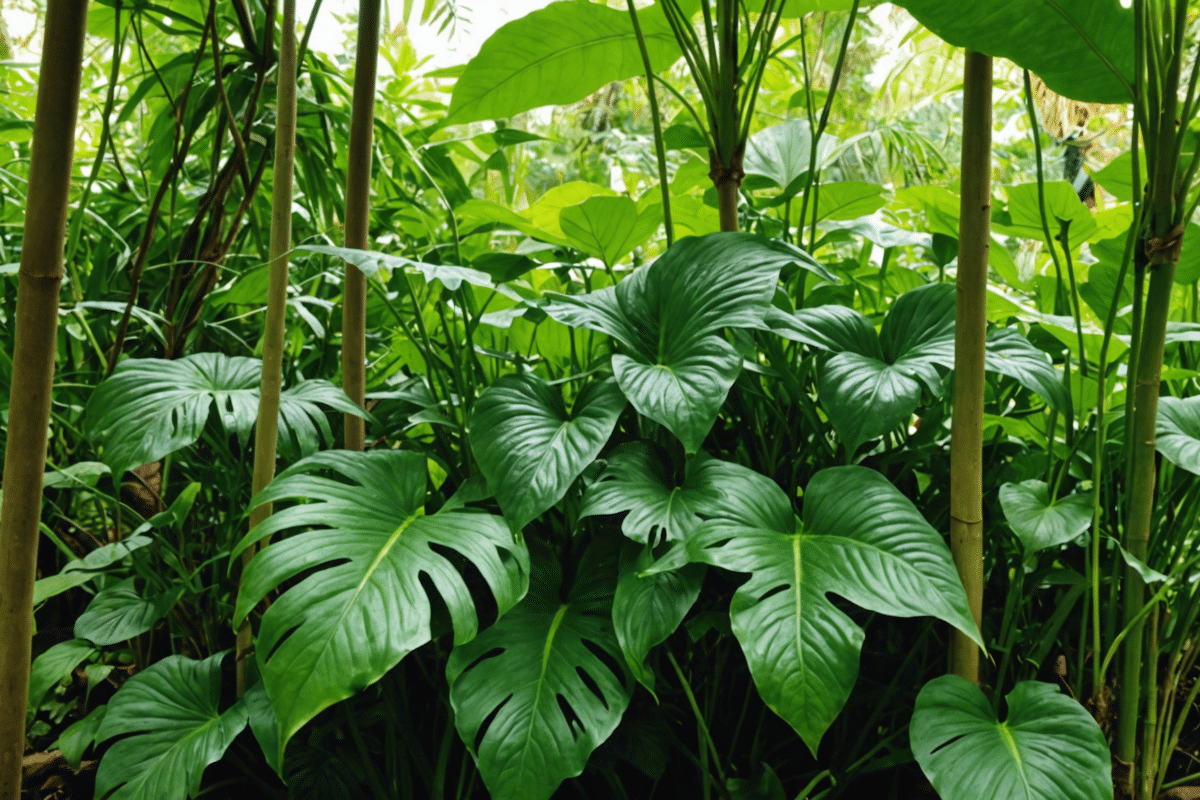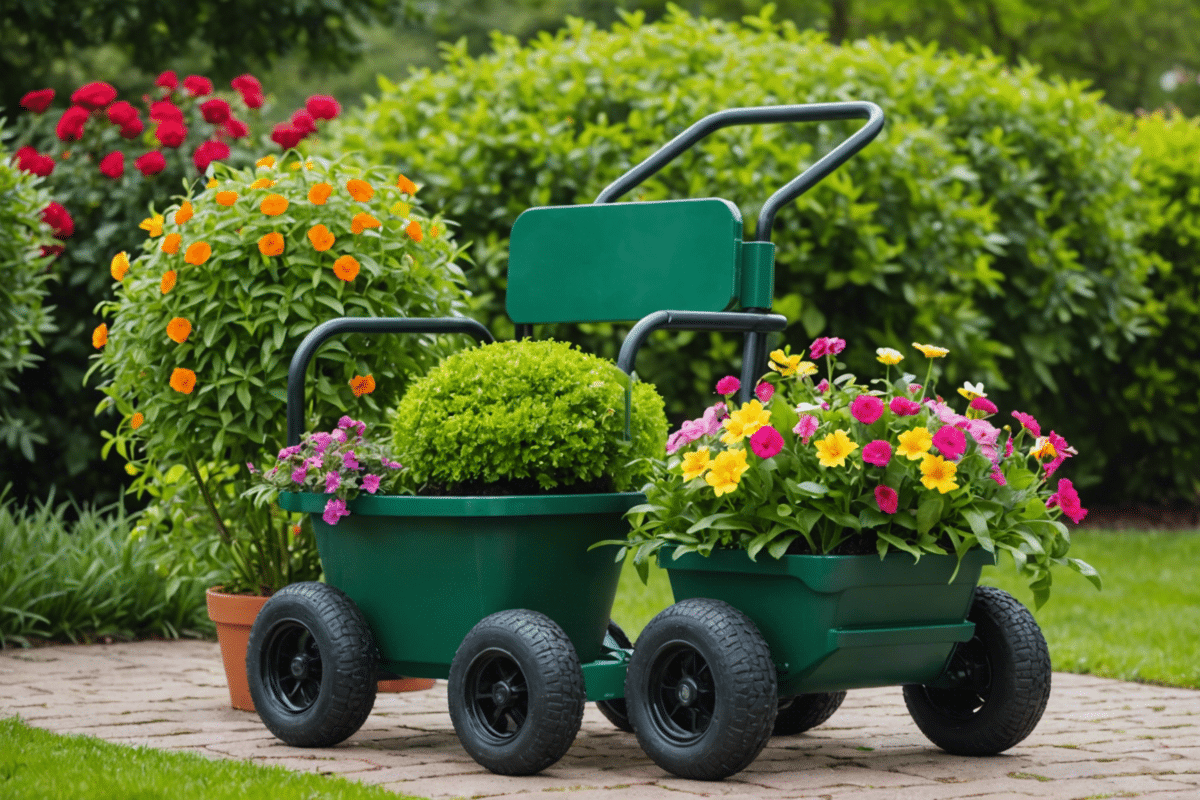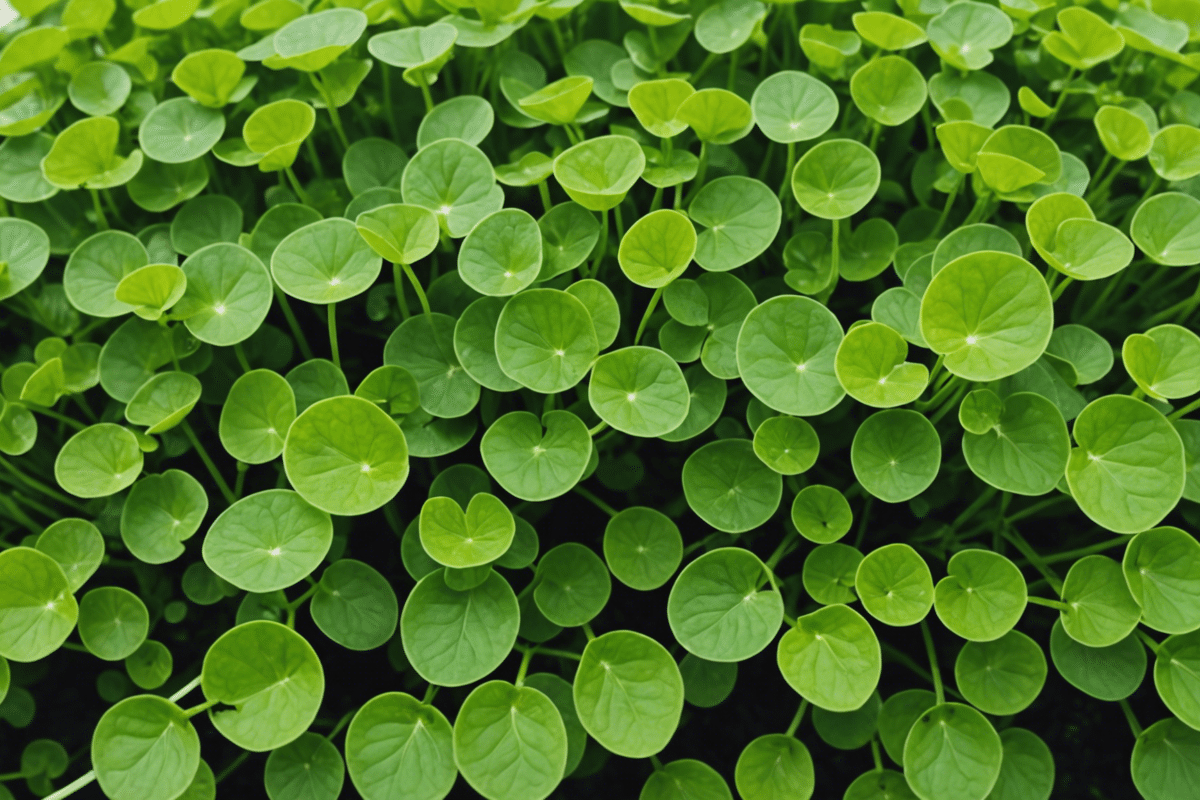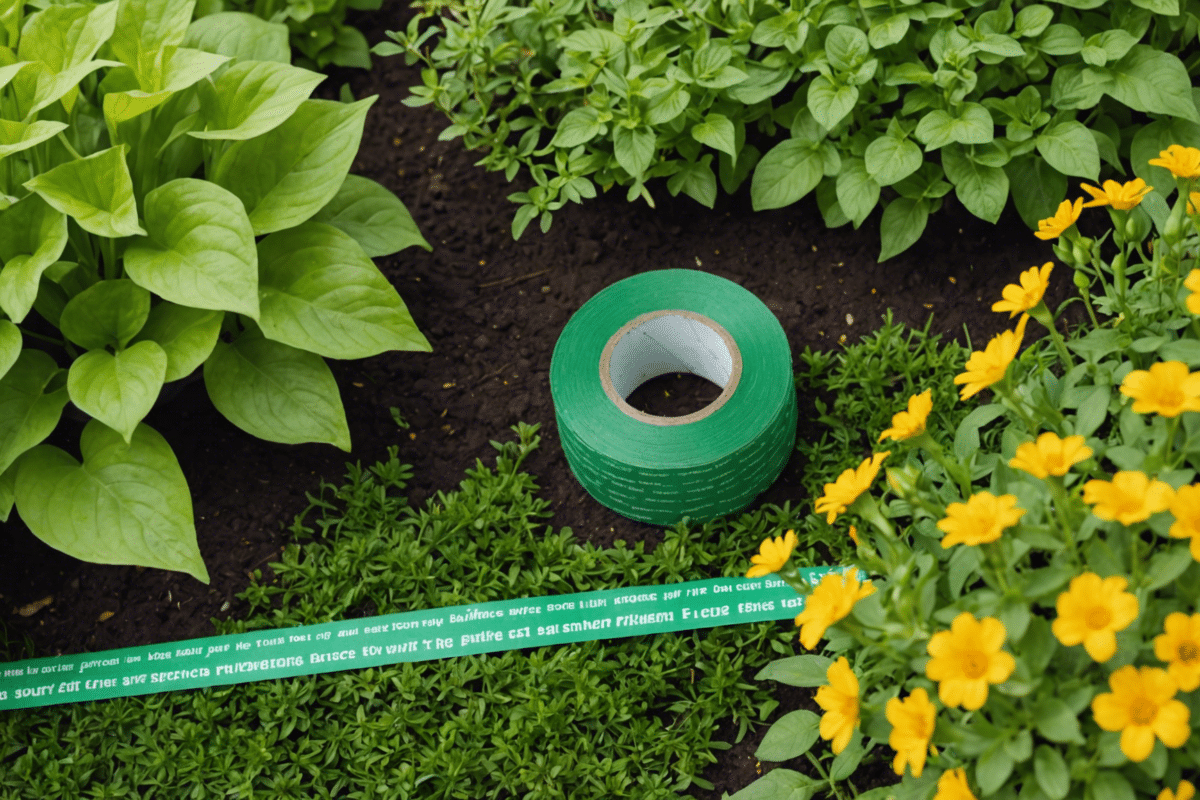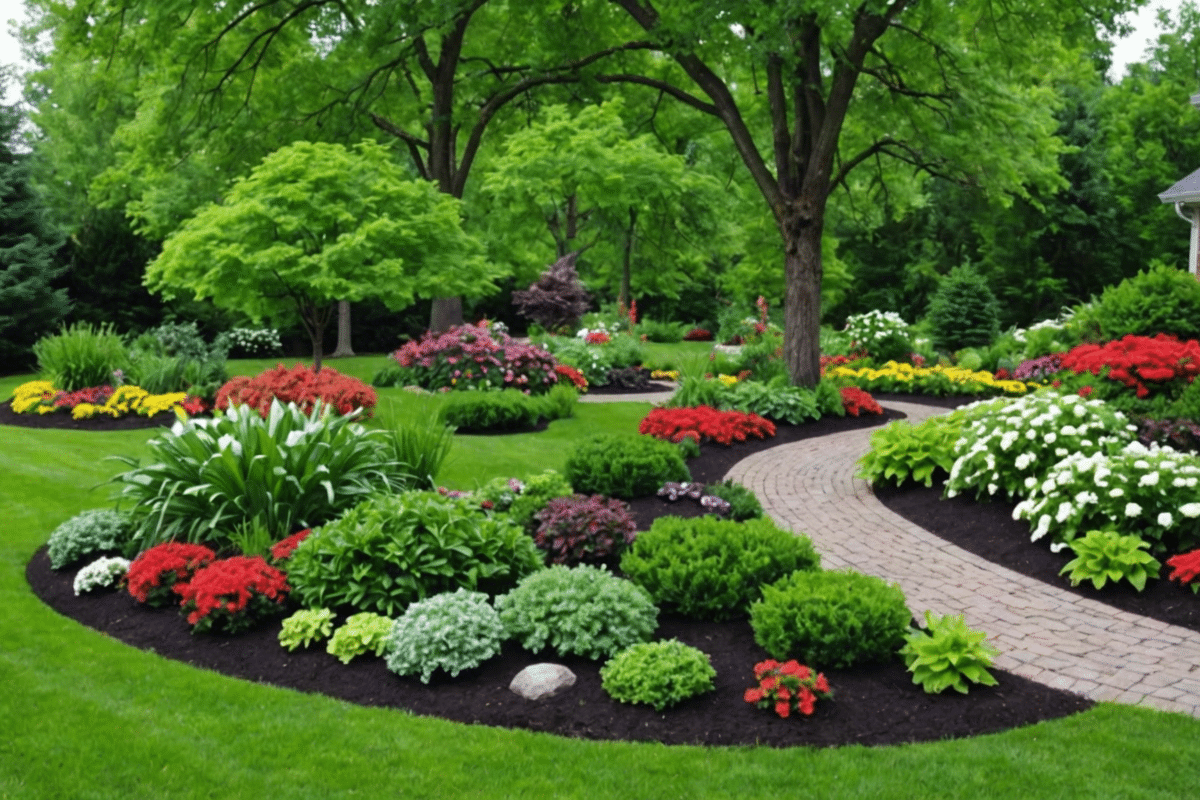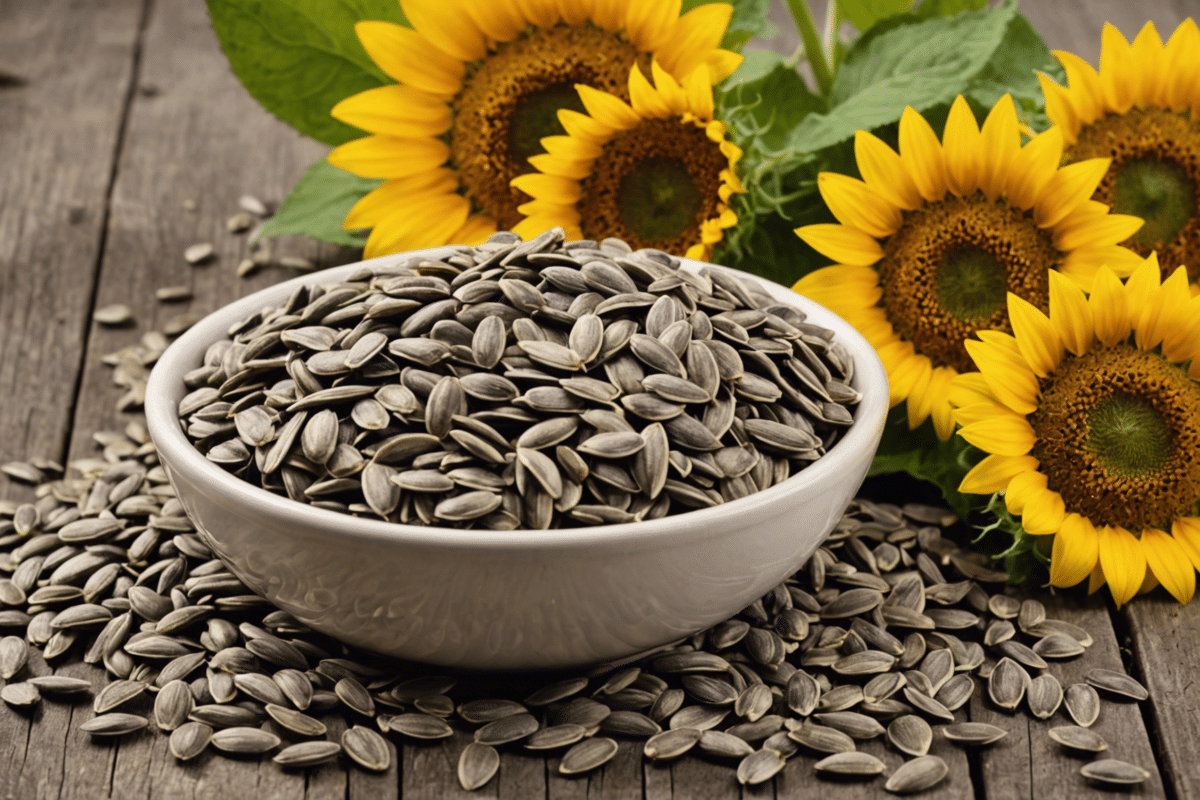Content
Imagine a garden that not only captivates with its beauty but also thrives in harmony with the local ecosystem. This is the magic of incorporating native plants into your garden landscape. Native flora has evolved over centuries to adapt to the local climate and soil, making them a perfect choice for gardeners looking to create a low-maintenance yet vibrant outdoor space.
The Allure of Native Flora

Why opt for native plants? These species offer a host of benefits, from requiring less water to providing essential habitat for wildlife. They are the unsung heroes of the plant world, often overlooked in favor of more exotic varieties. Yet, when given a chance, they can transform a garden into a living tapestry that changes with the seasons.
Discovering Your Local Plant Palette
The first step in embracing native plants is to discover what grows naturally in your region. This can be as simple as taking a walk in local parks or nature reserves to see what thrives without human intervention. Many regions have native plant societies and extension services that can provide guidance on selecting species that will do well in your specific conditions.
Designing with Natives in Mind
Designing with native plants doesn’t mean sacrificing aesthetics. On the contrary, it opens up a world of possibilities. Consider creating a layered look by mixing heights, colors, and textures. Tall grasses can sway in the breeze behind clusters of vibrant wildflowers, while groundcovers spread beneath, creating a lush tapestry underfoot. The key is to mimic nature’s own design principles, allowing plants to fill the roles they naturally would in the wild.
Creating Habitats for Pollinators and Wildlife
A garden filled with native plants is a haven for pollinators and wildlife. By choosing species that produce nectar-rich flowers or berries, you provide food sources for creatures like bees, butterflies, and birds. The Parliament House’s ‘secret gardens’ are an excellent example of how even formal landscapes can incorporate native species to support local ecosystems.
Seasonal Interest and Sustainability
One of the joys of native gardening is watching your landscape evolve throughout the year. Spring might bring a burst of wildflower blooms, while autumn turns foliage into a fiery display. Even in winter, the stark silhouettes of bare branches against snow can be breathtaking. Moreover, these plants are accustomed to local weather patterns, making them more resilient and sustainable choices for your garden.
Maintaining Your Native Garden
Maintenance of a native garden is often less intensive than that of a traditional one. These plants generally require less fertilizer and fewer pesticides, if any at all. They’re adapted to survive with natural rainfall, so once established, your watering duties may diminish significantly. This not only saves time but also conserves water—a precious resource.
Incorporating native plants into your garden landscape isn’t just about beauty; it’s about creating a sustainable, dynamic environment that supports local wildlife and requires less maintenance. It’s about unlocking the potential of your outdoor space to become part of the larger ecosystem around it. So why not start exploring the native wonders that await? Your garden—and the creatures that visit it—will thank you.
We hope you enjoyed this peek into the world of native flowers! Please do share our article and come back soon for more insights.







